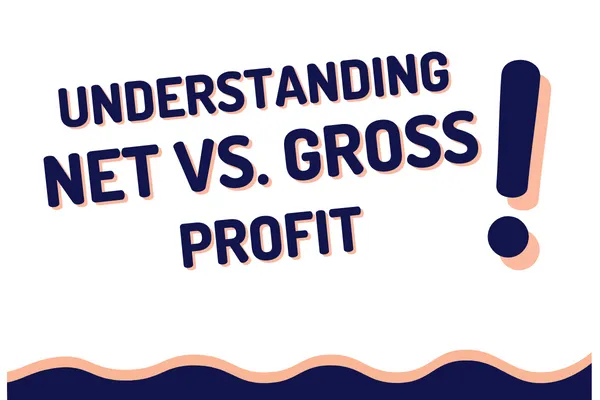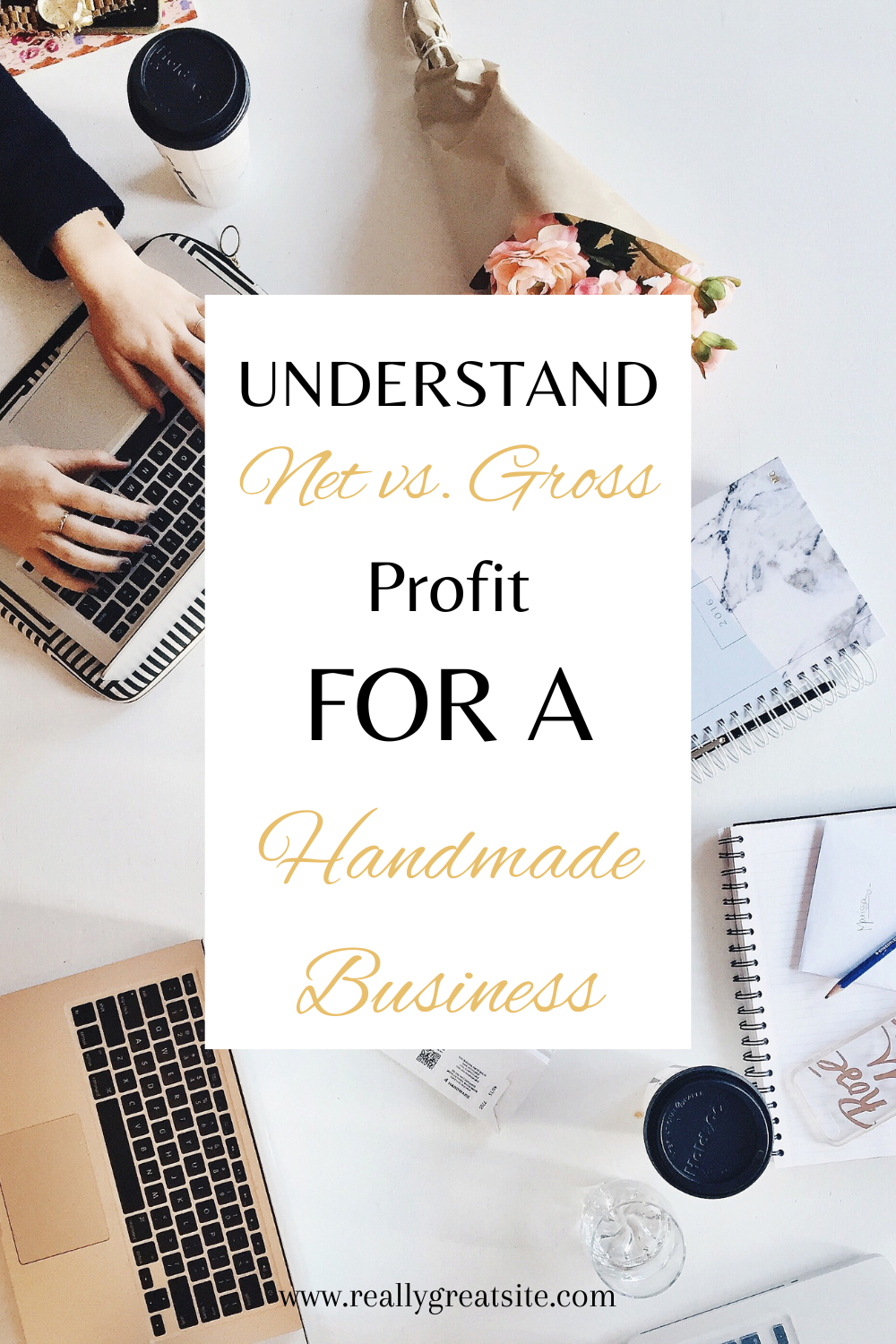
The Scaling Chronicles

Understanding gross profit vs. net income: How to price the things you make to sell so you can stop losing money and actually build your business.
Understanding gross profit vs. net income: How to price the things you make to sell so you can stop losing money and actually build your business.
You may have heard about gross profit and net income, and even assumed that they mean the same thing. It's hard enough trying to run your business without having to learn all of the accounting jargon that goes along with managing your finances!

Feeling confused? Not to worry. I’ll break down the difference to help you make more money on your homemade business products. 👊
1. What is gross profit?
In a product-based business your gross profit, otherwise known as top line revenue, is the total dollar figure when you eliminate everything that goes directly into the product.
This is typically referred to as cost of goods sold or cost of goods manufactured.
For example, let’s say you have a handmade product idea to make hats that sell for $100 a piece. You have to spend $30 just to buy the yarn that goes into this product.
Your revenue is $100 dollars, but your actual profit is only $70 because you literally could not sell that product without having spent money on raw materials.
This makes us unique from a lot of the service-based industries that you'll see, because a lot of times they don't have those costs of goods sold. They are selling their time, knowledge, and expertise in the form of digital products.
We instead have this upfront cost to get products out into the world before people can buy.
Even if the dollar value changes, that cost is always there.
Therefore, the first thing you do is determine your gross profit which means your total revenue minus any cost of goods sold or cost of materials.
Afterwards, you can make smart decisions about investing money in other aspects of your business.
2. What is net income?
When we talk about net income that is the bottom line revenue, or how much money is left over after you take out every expense.
So back to the example with the hat business where you have a hundred dollars, then you take out the $30 for yarn, which leaves you with $70 in gross profits.
Now out of that $70, you have to pay for everything else we need to run our business.
This can be Etsy, website, or vendor booth fees. It can also be the gas to travel to an event, business cards, shipping labels, and ink for printing. All these other expenses add up and need to be accounted for.
Once these costs are taken out, what’s left is your net income, sometimes called your net profit or your net loss. This is a very different number from your gross profit number.
3. Avoid this mistake of many makers and creatives.
As we discussed, your gross profit is removing the raw materials that go into making that product so we know how much you are actually making from that sale. Then looking at net income is the true profitability of our handmade business plan.
Now that we understand these terms, what do we do with these numbers?
A lot of product makers will initially look at this and think it cost me $23 in materials to make this hat. I want to make $10 a hat, so I'm gonna sell it for $33.
Now aside from underpricing (that’s a different blog post!), the problem is that your pricing structure doesn’t take into account any of the other expenses for running a business.
This is such a common mistake. In fact, you’ve probably seen product pricing calculators or pricing spreadsheets that people sell that look at just that.
Many business coaches will tell you to use the two times two method. Your costs of materials times two gives you your wholesale, times two gives you your retail.
This is a simplified model, but it also makes some assumptions on your overhead and other expenses.
If you’ve ever thought “why am I selling all these products but there’s no money left at the end of the month?” The reason is most likely because you were making decisions based on revenue and not gross profit.
The next mistake people make is trying to cut expenses such as reducing marketing costs or not paying for a higher cost vendor booth.
Reducing these expenses may seem to make sense but that isn't always the real problem. In the product-based world, you don’t want the cost of goods to exceed 30% of the total sales price.
If your costs of goods exceed that amount, then you need to look at your pricing structure. If your costs are above that mark, then you likely need to either raise your prices or drive down the cost of goods sold.
4. A tool to get you started
You want to understand your net income, but even more important is your gross profit.
By understanding gross profit you can adjust your pricing structure to make sure you have enough money coming in after the physical production of your product to pay all of our other expenses.
Does your gross profit number make sense?
If 70% of your revenue is not coming through to your gross profits then it’s time to make a change.
If as an artist or creative this has you feeling overwhelmed by the math, I totally get it and I have a tool to help.
My revenue and expense tracker spreadsheet will not only track all money coming in AND out of your business, but will also automatically create a profit and loss tab to determine your income after expenses.
Click here to get the revenue and expense tracker to start confidently managing your business finances!

